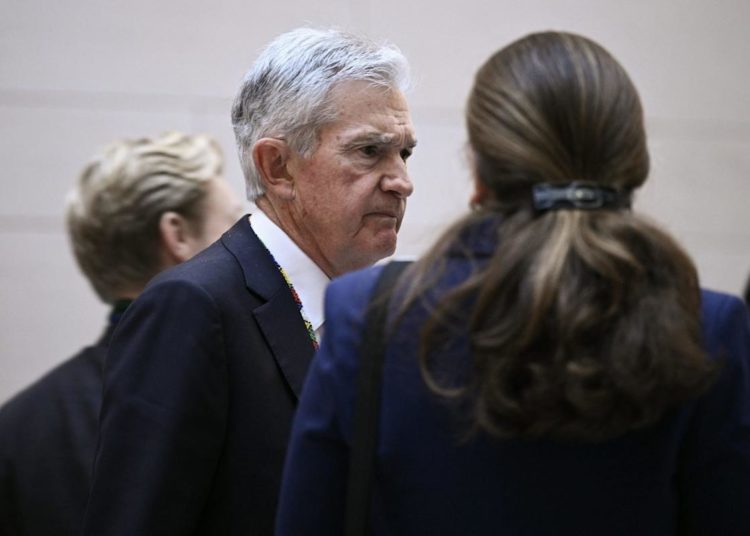As a former TSA officer, I’ve stood behind the podium, scanned countless IDs, and watched the rise of facial recognition technology (FRT) with a mix of curiosity and concern. I’ve always assumed travelers understood that using facial recognition at TSA checkpoints is completely optional. But recent headlines and growing public pushback suggest otherwise.
So let’s clarify what facial recognition does, why TSA adopted it, and most importantly, what your rights are when you step up to that podium.
What Facial Recognition Actually Does (And Doesn’t Do)
The TSA uses a system called CAT-2, which compares a live photo of you taken at the checkpoint to the photo on your government-issued ID. The goal is simple: automate ID checks to speed up lines and improve accuracy.
According to TSA:
Facial recognition is not surveillance. It’s not used for law enforcement purposes. Your photo isn’t stored or saved—it’s deleted immediately.
And that’s true based on my experience. Officers like myself had no access to the facial recognition data, nor did we see anything beyond what we needed to confirm your identity.
Still, skepticism is rising—and not without reason.
A Trust Problem, Not Just a Tech Problem
Travelers and privacy advocates are raising red flags, not just about the technology, but about how it’s being presented. According to a recent report by the Algorithmic Justice League, nearly 99% of surveyed travelers said TSA officers never verbally informed them that facial recognition was optional. Nearly three-quarters didn’t even see a sign about it.
That’s where I have to be honest: when I was on duty, I was never told to say that facial scans were voluntary. Nor did I think it was necessary. Officers are trained to keep lines moving and minimize friction. Verbally explaining the opt-out policy to every single traveler? Operationally, it just doesn’t work.
But that doesn’t mean travelers should be left in the dark. TSA could do a better job with clearer signage, consistent messaging, and perhaps more public education about their rights—especially with technology that can feel invasive. This is part of the reason why I started my travel newsletter, Gate Access, to share this information more frequently.
Why Opting Out Sometimes Feels Like a Confrontation
Here’s another thing that doesn’t get discussed enough: when travelers opt out, they often face snarky responses from TSA officers. According to the AJL report, people who declined the face scan experienced hostile body language, ridicule, or increased scrutiny.
That’s unacceptable—and avoidable. As an officer, you’re juggling stress and unpredictable travelers. But that’s no excuse for disrespect. TSA officers should be trained to handle opt-outs with professionalism, not defensiveness. After all, if the technology is truly optional, then opting out shouldn’t be treated like an act of defiance.
The Traveler Privacy Protection Act: A Possible Reset
The Traveler Privacy Protection Act (S.1691) aims to make facial recognition opt-in only. That means traditional ID checks would be the default, and you’d have to explicitly choose to use FRT.
Civil rights groups like the ACLU support this legislation, arguing that FRT could create a slippery slope toward a national biometric surveillance system. Meanwhile, biometric and security industry groups argue the opposite: that FRT is safe, optional, and effective at speeding up security.
But the debate got a pause when Sen. Ted Cruz pulled the bill from committee consideration, saying it wasn’t ready.
For now, TSA’s rollout of facial recognition continues. As of this writing, the tech is in use at over 250 airports, with plans to expand to 430. That expansion makes transparency and accountability even more critical.
What You Can Do as a Traveler
If you’re reading this, here’s what you need to know before your next flight:
-
Facial recognition is voluntary. You can say, “I’d like to opt out,” and proceed with a manual ID check.
-
You don’t need a reason. It’s your right.
-
Be polite but firm. Officers may react differently depending on their training, but your rights don’t change.
-
Look for signage. If none is posted, ask a supervisor or file feedback with TSA.
A Final Word from the Other Side of the Podium
I’ve seen both the promise and the pitfalls of airport security tech. Facial recognition can be useful, efficient, and secure. But it must be deployed with consent, transparency, and respect. When travelers feel pressured or misled, that erodes trust in both the technology and the agency.
As TSA expands its use of biometrics, it has an opportunity—and responsibility—to educate the public and ensure that privacy doesn’t get lost in the pursuit of convenience.
The post Is TSA’s facial recognition voluntary or just made to feel mandatory? appeared first on .



